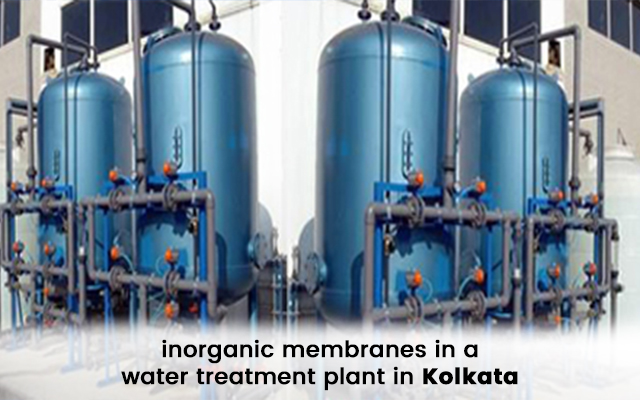Inorganic membranes are an important part of a water treatment plant as they have wide applications in the field of various separations and filtration processes. These membranes are constituted of inorganic substances, such as ceramics, metals, and different kinds of metal oxides. Characterized by high thermal stability, chemical resistance, and mechanical strength, these membranes possess a dense or porous structure depending on the requirement of the application.
The structure of inorganic membranes
Inorganic membranes are essentially of two kinds, dense and porous. Let’s overview each of their structures.
Dense membranes
Dense inorganic membranes, having a nonporous structure, are most suitable for gas separation applications. These membranes admit the selective transport of specific gas molecules while obstructing the others.
Porous membranes
Porous inorganic membranes contain a network of interconnected pores that allow certain molecules or ions through them based on their size. The pore size and distributions can be modified accordingly to achieve different separation characteristics. It is most suitable for liquid filtration and separation processes in water plants, including RO plants.
Working principle of inorganic membranes in the water treatment plant
The core working principle of the inorganic membrane is adsorption. Adsorption is a process by dint of which ions, molecules, and minerals adhere to the surface of the solid material. Inorganic materials are also capable of this property: they can adsorb some specific ions and molecules onto their surface while letting the others pass through. This procedure is commonly leveraged in the removal of contaminants.
Applications of the inorganic membrane in a water treatment plant
Inorganic membranes play a pivotal role in water treatment processes. Below are the various applications of it:
Microfiltration and Ultrafiltration
Ceramic membranes are deployed for microfiltration and ultrafiltration processes in a water treatment plant. These membranes are known to effectively remove a wide range of suspended solid particles as well as bacteria and other larger particles.
Nanofiltration and Reverse Osmosis
Inorganic membranes, such as ceramic and metal oxides, are employed in nanofiltration and RO plant. These membranes excel at removing smaller particles, ions, and other dissolved contaminants. These latter particles are even smaller in size and diameter than micro-particles. Purging of the nanoparticles substantially elevates the quality of the drinking water. Moreover, the application of inorganic membranes equally proves to be effective in the desalination of seawater or brackish water and even the treatment of industrial wastewater.
Inorganic membranes are an indispensable part and parcel of versatile water treatment plants. Their unique features, including high thermal stability, precise pore size control, and chemical resistance, make them useful assets across different industries, from energy and water to pharmaceuticals, biotechnology, and more. So if you are setting up a RO plant in Howrah, reach out to us as we, Lalita Projects, take pride in manufacturing and catering quality inorganic membranes to streamline the processes in your water treatment plant.

